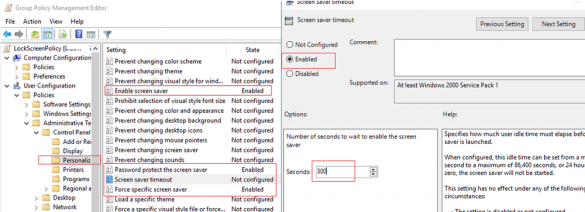Set-ADUser: How to Change User Properties in Active Directory with PowerShell
The Set-ADUser cmdlet allows to modify user properties (attributes) in Active Directory using PowerShell. Traditionally, a graphic MMC snap-in dsa.msc (Active Directory Users and Computers, ADUC) is used to edit…









